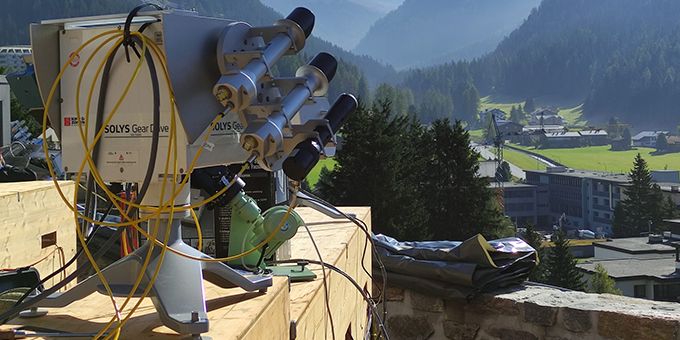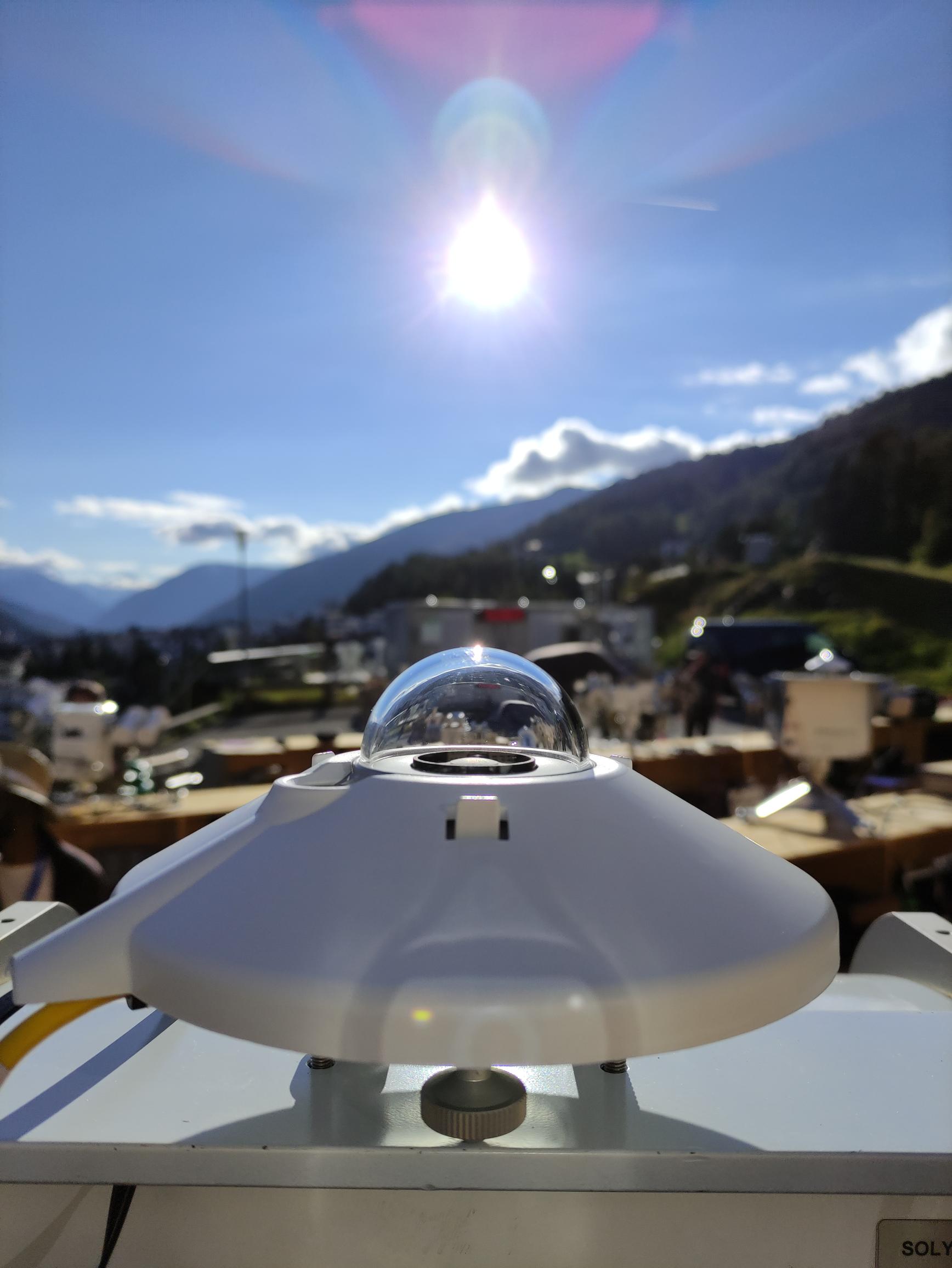Measuring the energy of the sun precisely is not as easy as tracking distances or weight. To set an international standard for solar monitoring instruments radiometers, the World Radiation Centre holds comparison events that result in the World Radiometric Reference.
 A Trip to the Swiss Village Where the World Calibrates Its Solar Monitoring Instruments
A Trip to the Swiss Village Where the World Calibrates Its Solar Monitoring Instruments

Article from | OTT Hydromet
Measuring the energy of the sun precisely is not as easy as tracking distances or weight. To set an international standard for solar monitoring instruments radiometers, the World Radiation Centre in Davos, Switzerland, holds comparison events that result in the World Radiometric Reference.
In early fall 2021, the 13th WMO International Pyrheliometer Comparisons (IPC) took place. As a manufacturer of high-quality solar monitoring systems, OTT HydroMet with its brand Kipp & Zonen is participating every time to ensure our instruments reach the highest possible accuracy and provide reliable and intercomparable data. One of the participants was Dr. Joop Mes, Senior Scientist at OTT HydroMet. In this short interview, he explains what the IPC is and why it is so important.
Joop, you went to Davos for the third time. The pictures you took there look great. But I assume it was not the great landscape that made you travel to Switzerland, was it?
That’s true. Although the Graubünden area holds fantastic treasures for hikers and climbers, our destination was the World Radiation Center in Davos, which is located at the PMOD, which stands for Physikalisch-Meteorologisches Observatorium Davos. That World Radiation Center takes care of the World Radiometric Reference (WRR) for solar radiation.
What exactly is that World Radiometric Reference and why do you need to update it every five years there?
Solar radiation is different from units like the kilogram or the meter, which are physical constants that originally were kept in a lab. Today, they are defined differently, of course, but still, they are constant. The WRR in contrast is a “consensus Standard”. This means the world has agreed that the averaged reading of the World Standard Group, consisting of five absolute cavity pyrheliometers installed at PMOD, gives the true amount of solar radiation. All other solar radiation instruments have a calibration that is traceable to this WRR.


The latest innovation from OTT HydroMet – the Kipp & Zonen SMP12
How does that International Pyrheliometer Comparison look like? Who is participating?
According to their website, the IPC is open to all WMO-affiliated or WMO-related institutions, such as national hydrometeorological services. Manufacturers of radiometric equipment as we from OTT HydroMet, calibration and research institutions, and other stakeholders can participate, too. Everyone can calibrate their absolute cavity radiometer every five years at the IPC, directly to this world standard. The outcome is a correction factor for the reading of your pyrheliometer, which is called WRR-factor. This number is usually very close to unity (=1); e. g. 0.9989 or so. As OTT HydroMet, we participated with our PMO-6 absolute cavity pyrheliometer.
Does that mean that this reference changes from event to event?
Yes, it does. The WRR comes from the World Standard Group, which is a group of measurement instruments, not an absolute standard kept in a lab. These instruments could also drift, which would mean the world standard would drift. So, part of the event’s purpose is to check (using all the instruments of the participants) if the WRR has been stable.
How does our participation impact our business as a manufacturer of solar irradiance monitoring instruments?
We are not only a manufacturer but also an accredited calibration lab. Obviously, we try to calibrate as accurately as possible. Therefore, we calibrate our reference instruments using our absolute cavity pyrheliometer. We need to have a valid, recent calibration of this instrument, so we go to Davos every five years to get an updated WRR factor for our instrument.
Also, we attended the symposium (which is held during cloudy or rainy days) participated in discussions on standards, accuracy, intercomparisons of instruments and metrology. Furthermore, we had the chance to visit the research labs and test facilities of the institute and had fruitful discussions with the Swiss radiation scientists on radiation measurements not only in the visible range but also UV and Infrared radiation.
The content & opinions in this article are the author’s and do not necessarily represent the views of AltEnergyMag
Comments (0)
This post does not have any comments. Be the first to leave a comment below.
Featured Product

